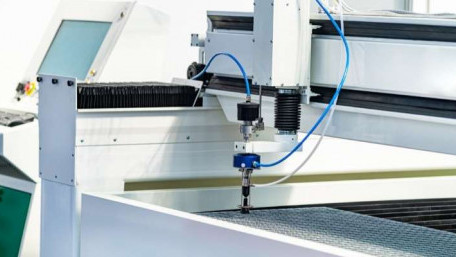
Linear position sensors are used in electrical and fluid-actuated motion devices. They allow extremely precise position, velocity, and acceleration control, and…
Linear position sensors are used in electrical and fluid-actuated motion devices. They allow extremely precise position, velocity, and acceleration control, and provide feedback to ensure product quality and tolerance compliance.
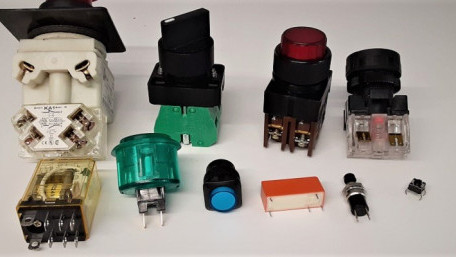
Before digital control systems, responses were fairly slow. Push a button, and a motor contactor engaged. These days, the…
Before digital control systems, responses were fairly slow. Push a button, and a motor contactor engaged. These days, the speed of computers introduces some new challenges but brings solutions as well.
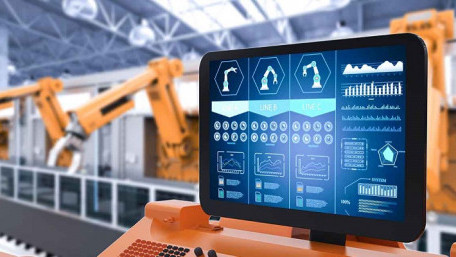
The objective of predictive maintenance is to foresee potential machine failure with the help of machine learning…
The objective of predictive maintenance is to foresee potential machine failure with the help of machine learning algorithms provided with vast quantities of data.
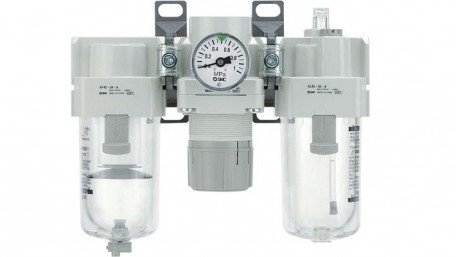
Moisture inside industrial pneumatic systems is a major cause for concern, and if the air is not filtered or dried…
Moisture inside industrial pneumatic systems is a major cause for concern, and if the air is not filtered or dried properly, it can lead to serious failures.
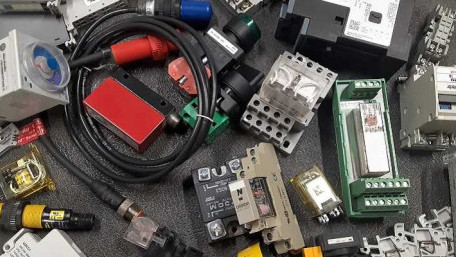
Failures of I/O systems are a common source of headache for control engineers. Troubleshooting those devices that have…
Failures of I/O systems are a common source of headache for control engineers. Troubleshooting those devices that have polarized connections (source vs sink, and NPN vs PNP) is a technique worth refining.
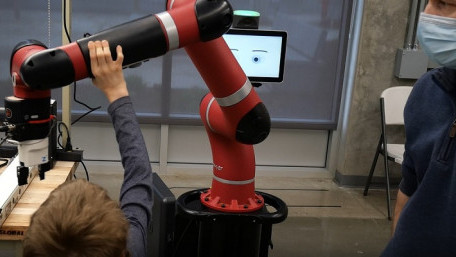
We've read about the capabilities of collaborative robots, but often, one question still remains - how do you program a…
We've read about the capabilities of collaborative robots, but often, one question still remains - how do you program a cobot? Last week, I got a chance to get my hands on a cobot for the first time.

The fourth pillar of effective statistical process control (SPC) is the use of designed experiments used to learn as much…
The fourth pillar of effective statistical process control (SPC) is the use of designed experiments used to learn as much as possible from a limited number of experiments, yet remain statistically relevant enough to be useful.
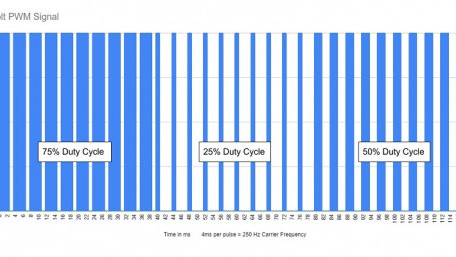
Power delivered to devices can be changed by raising or lowering the voltage and current. But this method does not always…
Power delivered to devices can be changed by raising or lowering the voltage and current. But this method does not always produce intended results. Pulse width modulation (or PWM) can be used to better control variable loads.
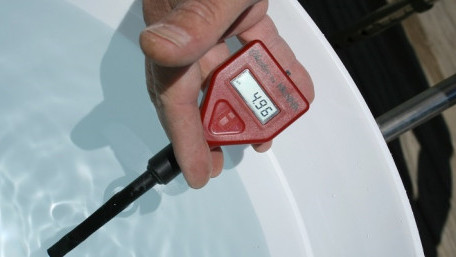
Measuring pH is a critical task of many chemical processes and systems. Learn the definition of pH, the measurement…
Measuring pH is a critical task of many chemical processes and systems. Learn the definition of pH, the measurement tools, and the calibration steps for proper operation and care of these meters.
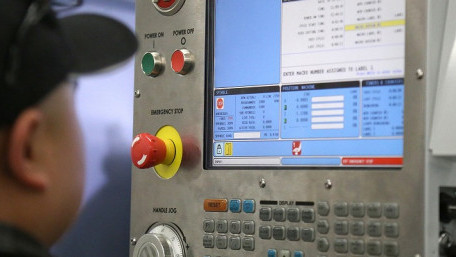
Statistical process control (SPC) allows for continual improvement process (CIP), a method of optimizing a process driven…
Statistical process control (SPC) allows for continual improvement process (CIP), a method of optimizing a process driven by data and statistical methods.

Learn how control charts are used in statistical process control (SPC) to show how a process changes with time as…
Learn how control charts are used in statistical process control (SPC) to show how a process changes with time as compared to past measurements, providing reliable visualizations for data-driven decisions.
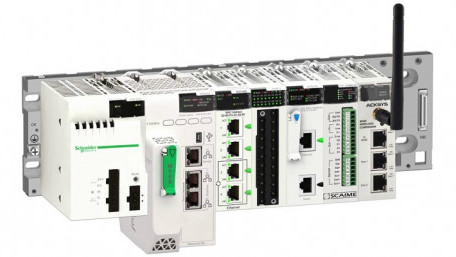
What is a PLC? This article will lay out a succinct definition of a programmable logic controller and explain its basic…
What is a PLC? This article will lay out a succinct definition of a programmable logic controller and explain its basic components.
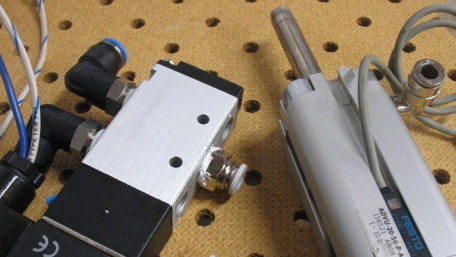
Pressure and flow rate are terms used in all areas of hydraulic and pneumatic systems. Learn the definition and science…
Pressure and flow rate are terms used in all areas of hydraulic and pneumatic systems. Learn the definition and science of these terms, and the reason they are so important within industry.
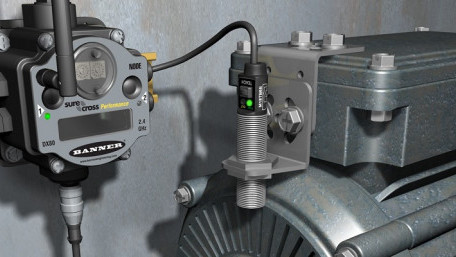
Statistical process control (SPC) is meaningless without the proper collection and analysis of data. For some process…
Statistical process control (SPC) is meaningless without the proper collection and analysis of data. For some process parameters, this is a simple task. But not every part of a process is driven by simple, quantitative parameters.
Digital control systems are particular about the direction of current flow from sensors and input devices. The terms…
Digital control systems are particular about the direction of current flow from sensors and input devices. The terms sourcing and sinking (often abbreviated source and sink) are among the more confusing ratings found on I/O module datasheets. Part 1 of a 3-part series.
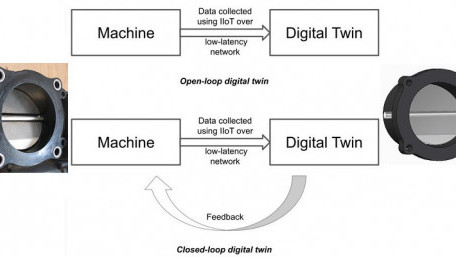
Data feedback loops create a closed-loop digital twin (CLDT) driving increased operational efficiency and improved design…
Data feedback loops create a closed-loop digital twin (CLDT) driving increased operational efficiency and improved design iteration progress.
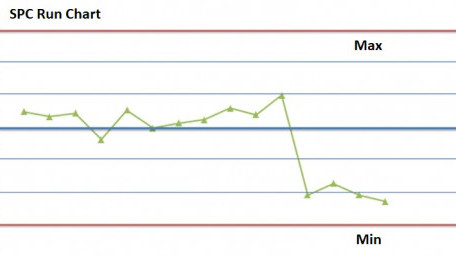
Learn how statistical process control (SPC) can provide a foundation for decisions used to reduce waste and increase…
Learn how statistical process control (SPC) can provide a foundation for decisions used to reduce waste and increase efficiency in the manufacturing process.
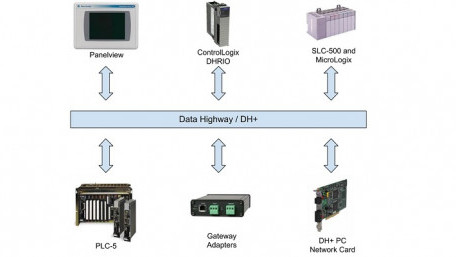
In this article, learn the basics of Allen-Bradley Data Highway, the various network structures, and the relationship…
In this article, learn the basics of Allen-Bradley Data Highway, the various network structures, and the relationship between DH and Ethernet networks.
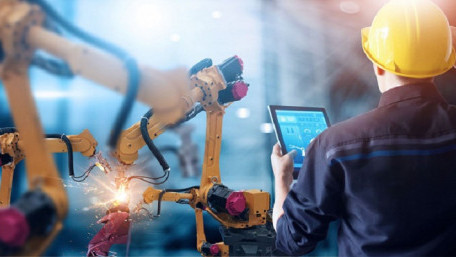
Technology advancements have provided us with terms that can seem foreign and confusing. Learn the definition of some of…
Technology advancements have provided us with terms that can seem foreign and confusing. Learn the definition of some of the important concepts that provide better efficiency for industrial manufacturing systems.
What is laser sensing, how does it work, and what types of laser sensors exist?
What is laser sensing, how does it work, and what types of laser sensors exist?
